Some initial evidence for your consideration: paintings from Picasso, Duchamp, Dali, and de Kooning.
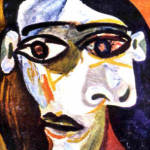
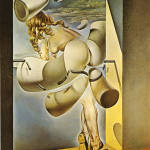
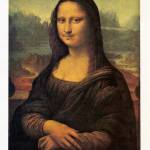
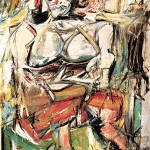
At a TRAC conference in Ventura, California, I heard an intriguing talk by Kay Kane, professor of drawing at Queensland College of Art, Griffith University, Australia. Kane’s talk was based partly on (and partly diverged from) Wendy Steiner’s Venus in Exile (University of Chicago Press, 2002), a provocative work about the loss or rejection of female beauty in modern art.
I am sympathetic to the Kane-Steiner thesis, and think there are two kinds of evidence for it:
* Positive evidence: the many, many modernist works showing women as distorted, vandalized, violated, or predatory.
* Negative evidence: the complete absence of modernist works showing women as strong, beautiful, nurturing, or sensual.
But I wonder about the fact that the modernists were also anti-male by those criteria. Here are Grosz, Picasso, Man Ray, and Giacometti, for example:
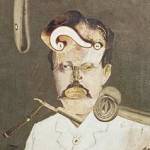
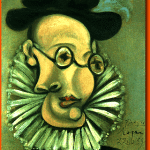
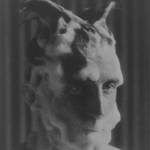
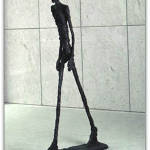
We find the same modernist trend: negative portrayals of men as victims, ridiculous, dessicated, impotent, deranged, and an absence of positive portrayals of men as powerful, graceful, intelligent, and beautiful.
So is it that the modernists are more broadly anti-humanist? That is, they think that pretty much all of humanity is pretty bad, and whether portraying males or females they focus on the negative. Or are there additional signs that they are uniquely anti-female? That is, they have mixed or positive views of men but they portray women in especially negative ways.
Related: My account of philosophy’s role in the transformation of art into modernism and postmodernism: